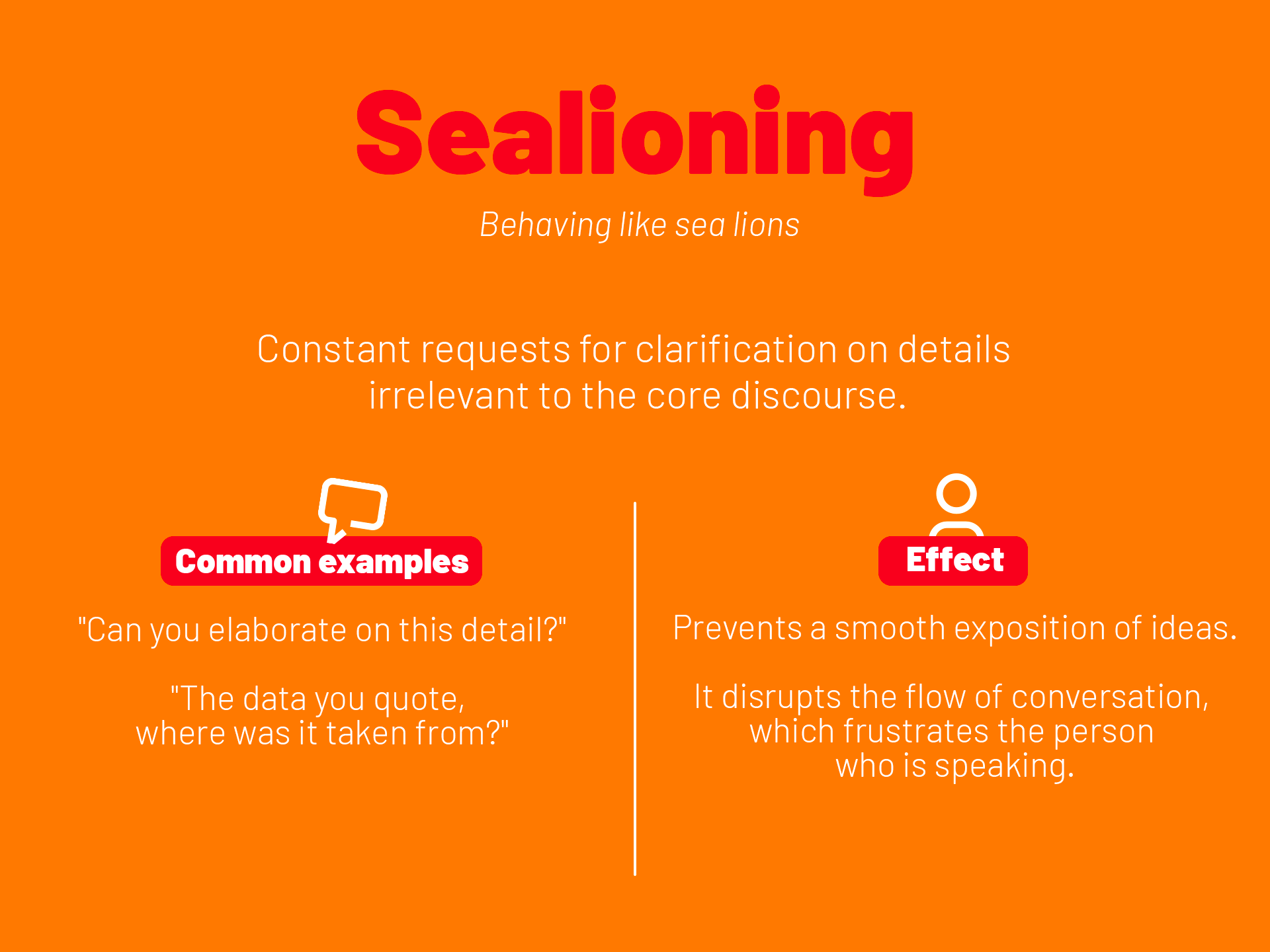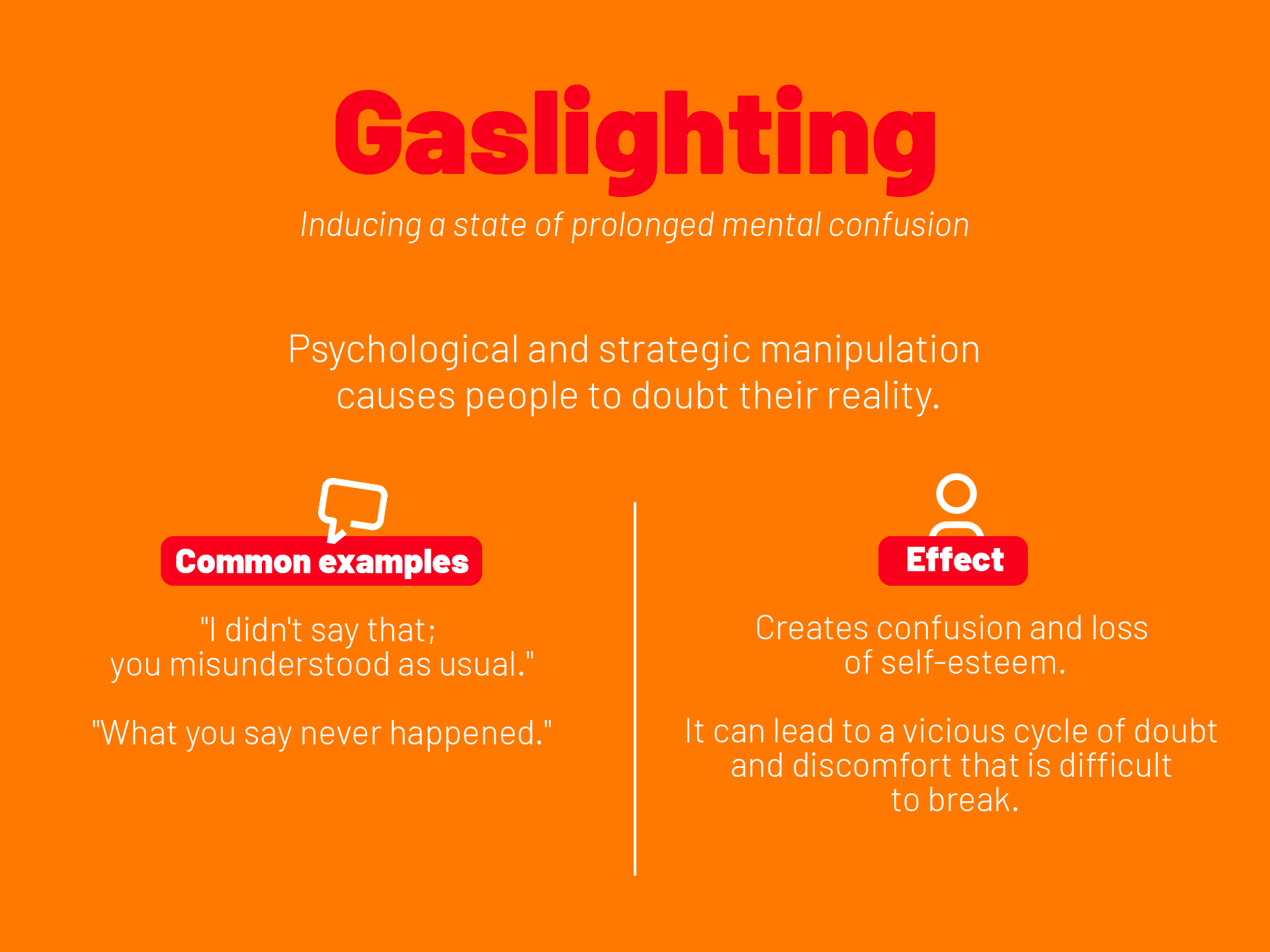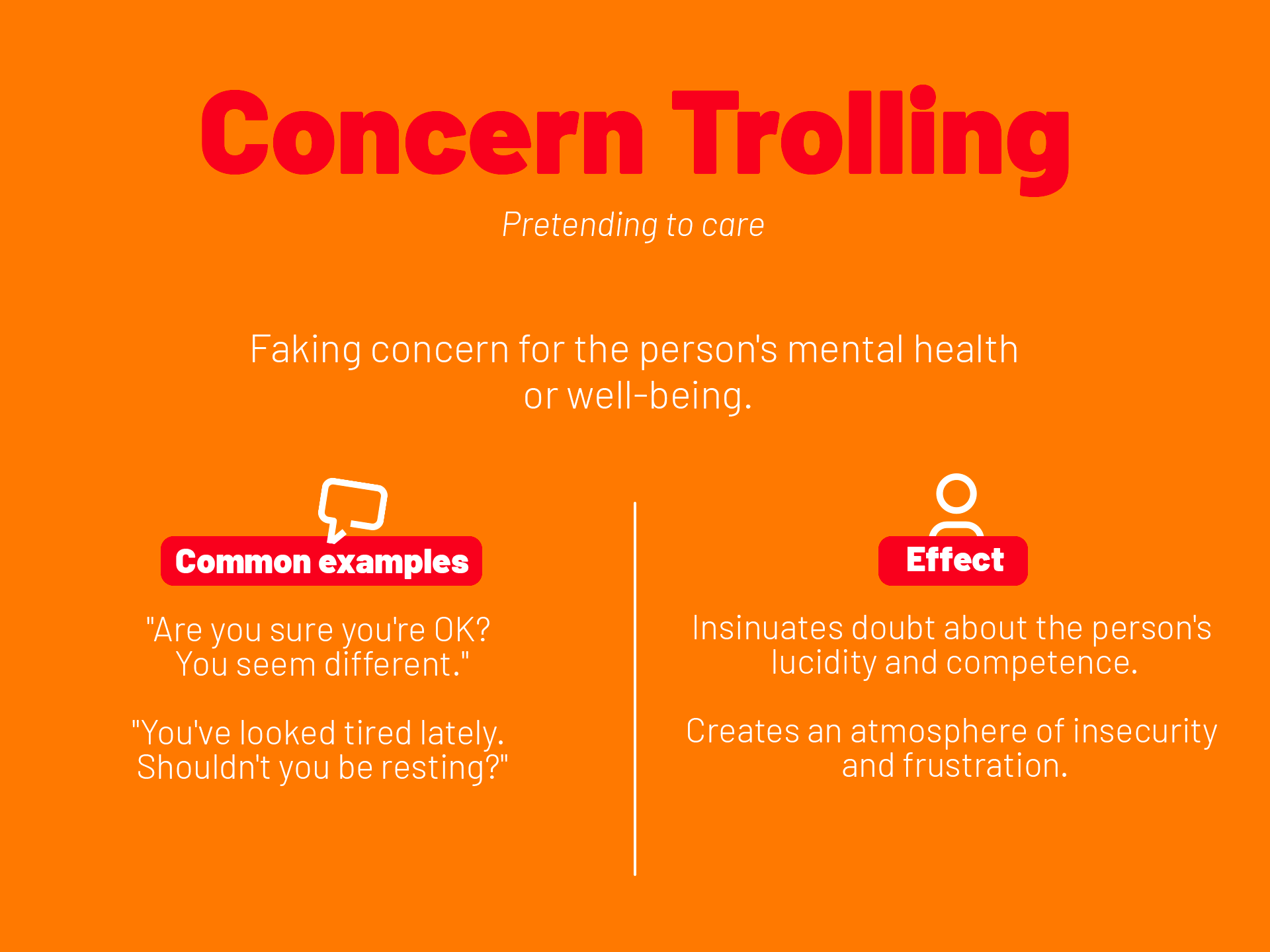Words that leave a mark: the invisible threads of psychological violence
Share

There are many forms of violence; compared to physical violence, which leaves visible traces on people's bodies, psychological violence, or rather psychological violences, in the plural, tend to be underestimated, even though they are just as serious, albeit in a different way. They primarily affect a person's mental well-being, but they can end up harming the quality of their life, and thus their body as well. And while the principle that all people can be subject to physical or psychological violence is valid, it is undeniable – as statistics confirm – that women are more likely to be subjected to a range of abusive behaviors, which, when they remain on a psychological level, tend to be minimized.
In this context, explicit violence is very serious, but perhaps easier to recognize. It manifests through insults, epithets, forms of mockery, and judgments about the person. To cite a specific case, sociologist Graziella Priulla reminds us that even today, the most common insults directed at a woman relate to her supposed sexual behavior. These are all manifestations of a mindset still heavily influenced by a patriarchal tradition, according to which a woman must "stay in her place."
A more subtle form of gender violence is the continuous belittling of a woman's abilities. For this reason, a professional woman often has to spend part of her time proving that she is as capable as, if not more than, a man. Various studies also tell us that a woman is interrupted more often than a man when speaking, and she is listened to less and with less attention. When repeated over time, these too are forms of psychological violence, as they undermine a person's self-esteem and require extra effort and commitment to manage.
The space available does not allow for a detailed exploration of the points mentioned above; for now, it is sufficient to be aware of the multifaceted nature of gender violence, which is not a systematic phenomenon (not everyone has to experience it, not everyone is forced to know it), but it is certainly a systemic phenomenon. This means it cannot be explained as a mere series of individual behaviors by single people, but is instead fueled by the specific cultural environment in which we grow up, which can lead to such degenerations, even if not necessarily.
Instead, we can focus a bit more on four behaviors that occur in discussions and interactions, both offline and online, which, although they cannot be strictly attributed to one gender, are more often directed at women. These are modes of discussion that, consciously or unconsciously, instead of moving the conversation forward, contribute to blocking it, destroying it, distracting from its meaning, and scattering the discourse into generally irrelevant tangents. This, clearly, ends up creating discomfort for the person being targeted.
- The first behavior I would like to discuss is called sealioning, that is, "behaving like sea lions." These animals are notoriously bulky and not very agile in their movements; sealioning, by analogy, involves bombarding a person with questions and requests for clarification on issues that are tangential to the main topic of discussion: “What did you mean by this?”; “Can you explain this detail better?”; “Where did the data you mention come from?”; “Can you clarify how you used the term xy?”; “Have you read zx’s comments on the same topic? They might be useful to you...”. The goal of sealioning is rarely to obtain additional information; rather, it is a way to overwhelm the person who is trying to present a coherent and cohesive argument, forcing them to constantly interrupt and deviate onto peripheral issues. The reason why this is an aggressive behavior is quite evident: it prevents the person from clearly and uninterruptedly presenting their ideas. If we add to this the fact that a woman, as already mentioned, more often experiences being interrupted, it becomes clear why sealioning is more often directed at a woman than at a man.

The second behavior is tone policing, from "police," meaning "to police the tone." "Your points are valid, but if you use that tone, it’s not okay"; "Now try to say it again without shouting"; "I would agree, but why don’t you calm down a bit?"
Tone policing shifts the discussion from content to form, which, of course, is important in communication, but it should not become the only relevant issue. A valuable lesson left to us by Michela Murgia is that anger, at times, is legitimate. However, especially female anger is often interpreted as hysteria, a weakness of nerves, or even a mental disorder. Comments like "Do you have your period? Is that why you're upset?" are not uncommon, instead of recognizing the possible validity of the feeling of anger. Shifting the focus of a discussion from the substance to the method is clearly a distraction tactic, a way of avoiding directly addressing the issues raised by not acknowledging their importance. In the long run, dwelling on issues of form wears down the interlocutor, who, perhaps out of fear of appearing less rational, will choose – with frustration – the path of silence.

- The third behavior is gaslighting. The reference is to the title of a 1944 film directed by George Cukor, which was based on the 1938 play Gas Light by British author Patrick Hamilton. In the play, a seemingly kind and caring husband tries to drive his wife insane by making continuous, almost imperceptible changes to the house they live in (including adjusting the intensity of the gas lights in different rooms), while simultaneously trying to convince her that nothing of what she notices is really happening. His goal is to rob her of her belongings by having her committed as mentally ill. Today, the term is used to mean “psychologically manipulating (someone), usually over a long period of time, so that the victim doubts the validity of their own thoughts, perception of reality, or memories, and experiences confusion, loss of self-trust, and self-esteem, questioning their own emotionality or mental stability.” This is the definition given by the Merriam-Webster English dictionary, which declared it the word of the year in 2022.
Gaslighting differs from a simple occasional lie because it is usually part of a strategy that goes beyond a single instance. It is through the repeated act of confusion that the other person is made to doubt their own thoughts. It is easy to understand, therefore, why it becomes particularly dangerous when applied in a professional setting, in addition to a personal one.
It is not at all easy to recognize gaslighting. It is difficult to prove that something we are being reproached for, an inconsistency, or a change of mind, actually happened, and the same applies to the opposite. If a person has a natural tendency to doubt themselves – as we know, imposter syndrome affects women more often – it is quite easy to confuse them. This creates a vicious cycle that is extremely hard to break: it is the real trap of this discursive strategy – assuming it is a strategy at all. There are people who carry out this strategy completely unconsciously, as a form of self-defense.

- Finally, the last behavior is concern trolling, which involves the manifestation of apparent concern for the mental health of the person you are speaking with ("Are you sure you're okay? You seem off..."; "You look tired lately. Shouldn't you be resting?"). Although concern is sometimes justified, the emotional toll of such behavior should not be underestimated; in fact, the mental overload it causes can lead to real forms of psychological distress for those on the receiving end. After all, it is a matter of continually questioning a person's clarity and competence, triggering the notion that perhaps that person is in a state of abnormality or diminished lucidity.

I urge everyone who has made it to the end of this article not to underestimate these four behaviors. Behaviors that we can find ourselves being victims of, certainly, but also perpetrators of. They are not always intentional; sometimes, they are automatic mechanisms of self-protection. However, this does not make them any less bothersome or dangerous. After all, the healthiness of a shared space (whether it's a workplace or not) depends on each person who inhabits it.
 Angelini Industries
Angelini Industries





